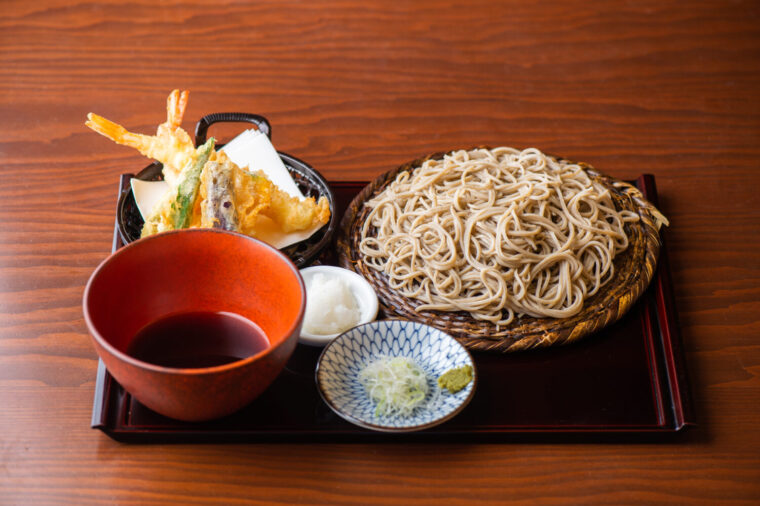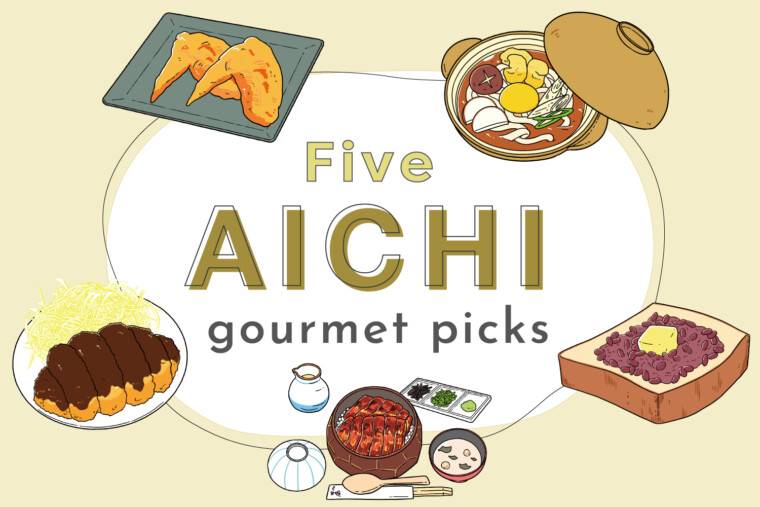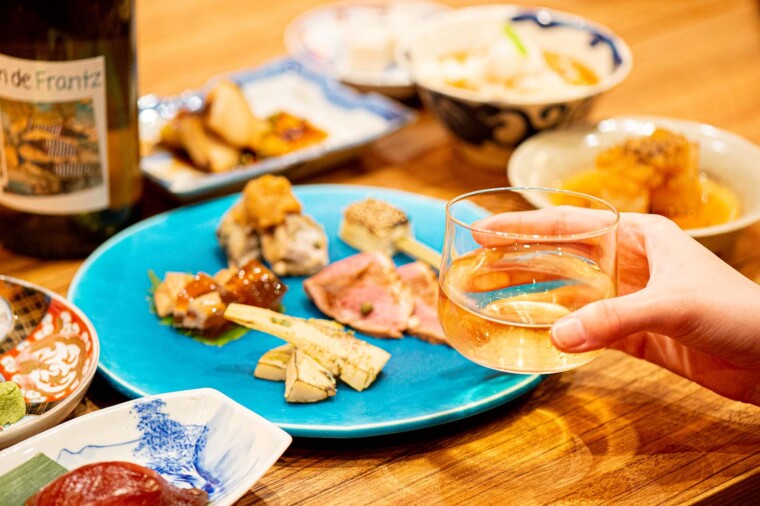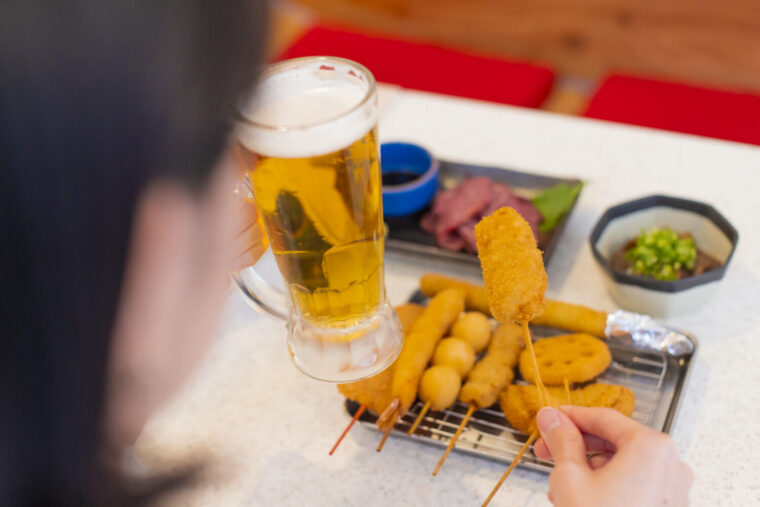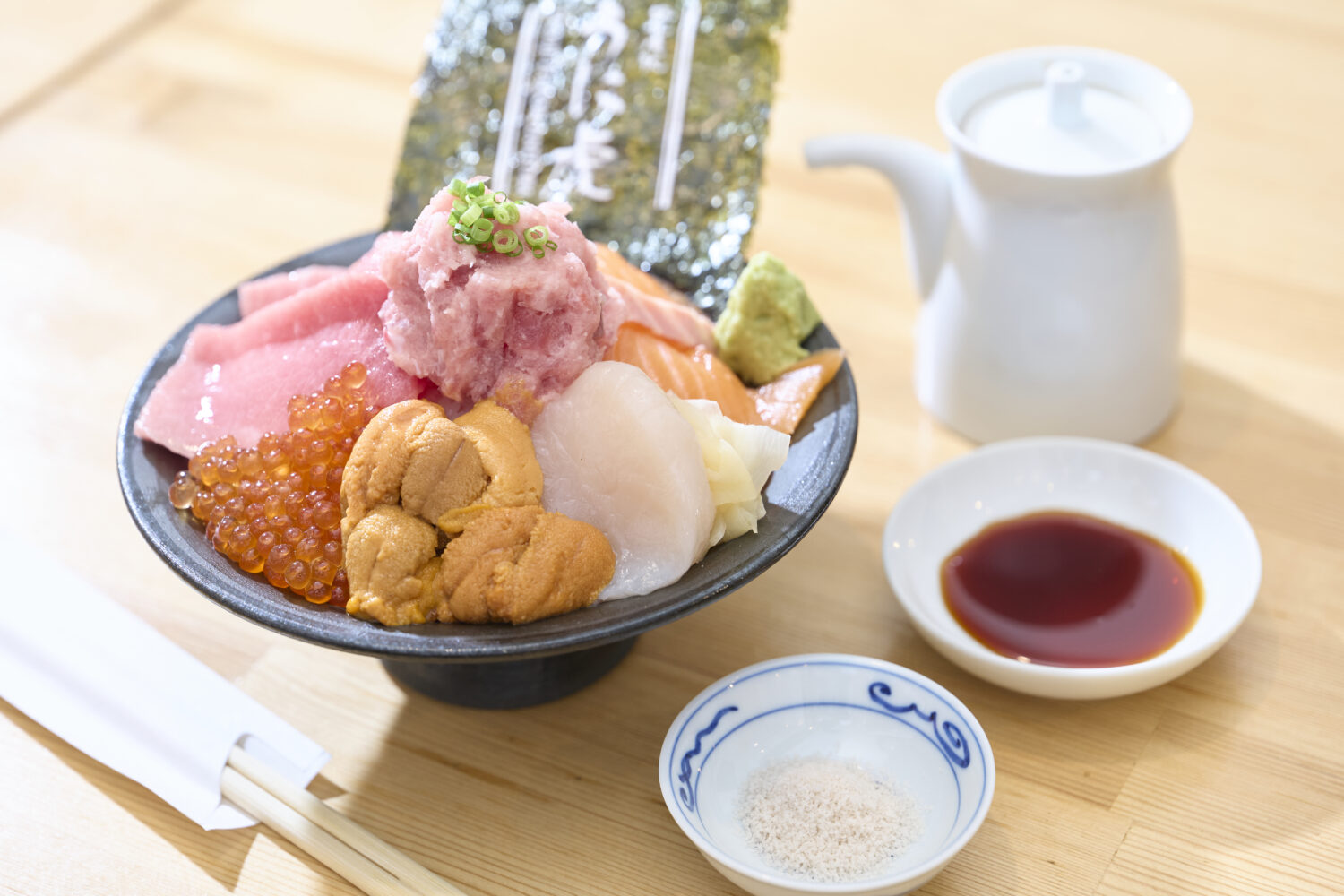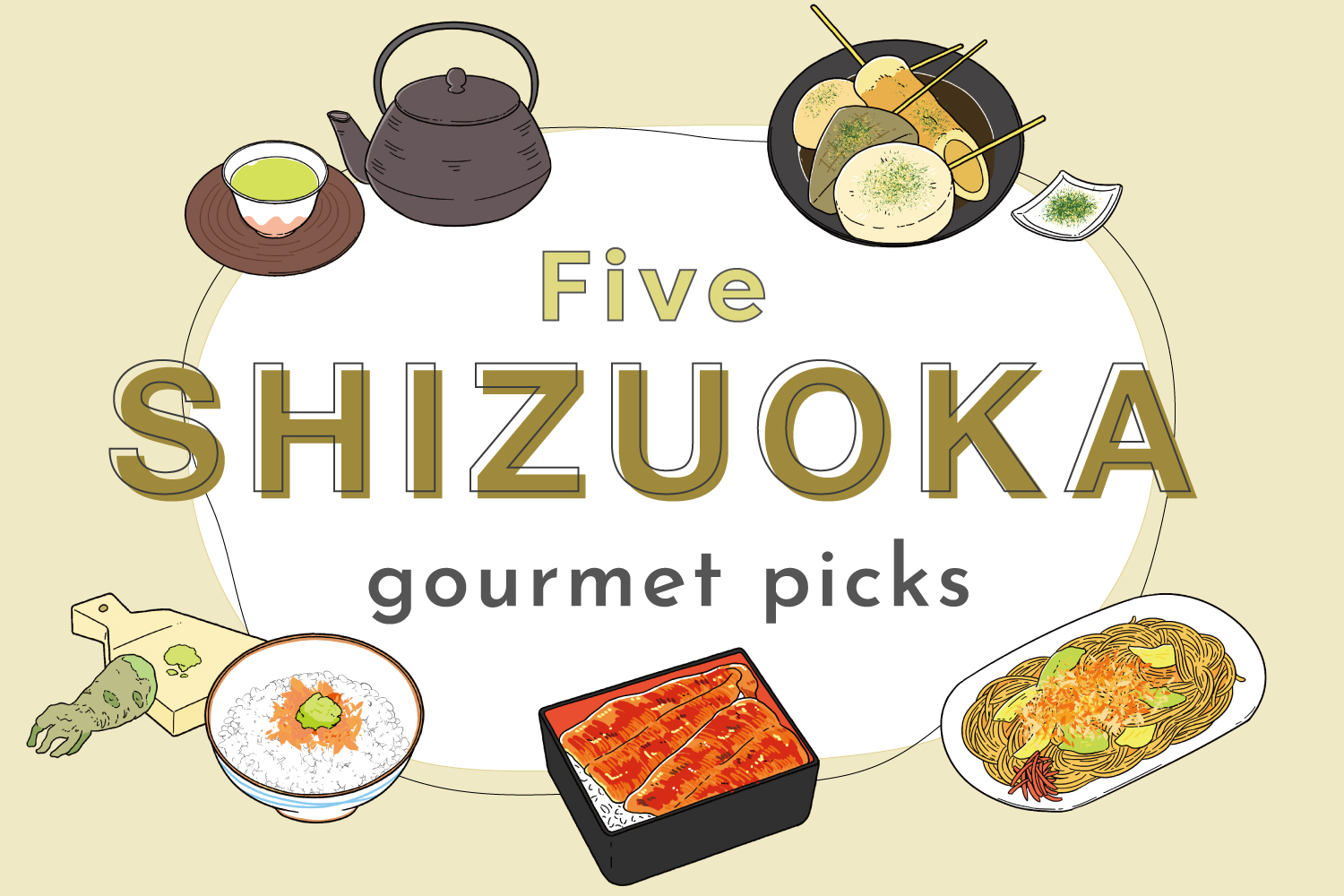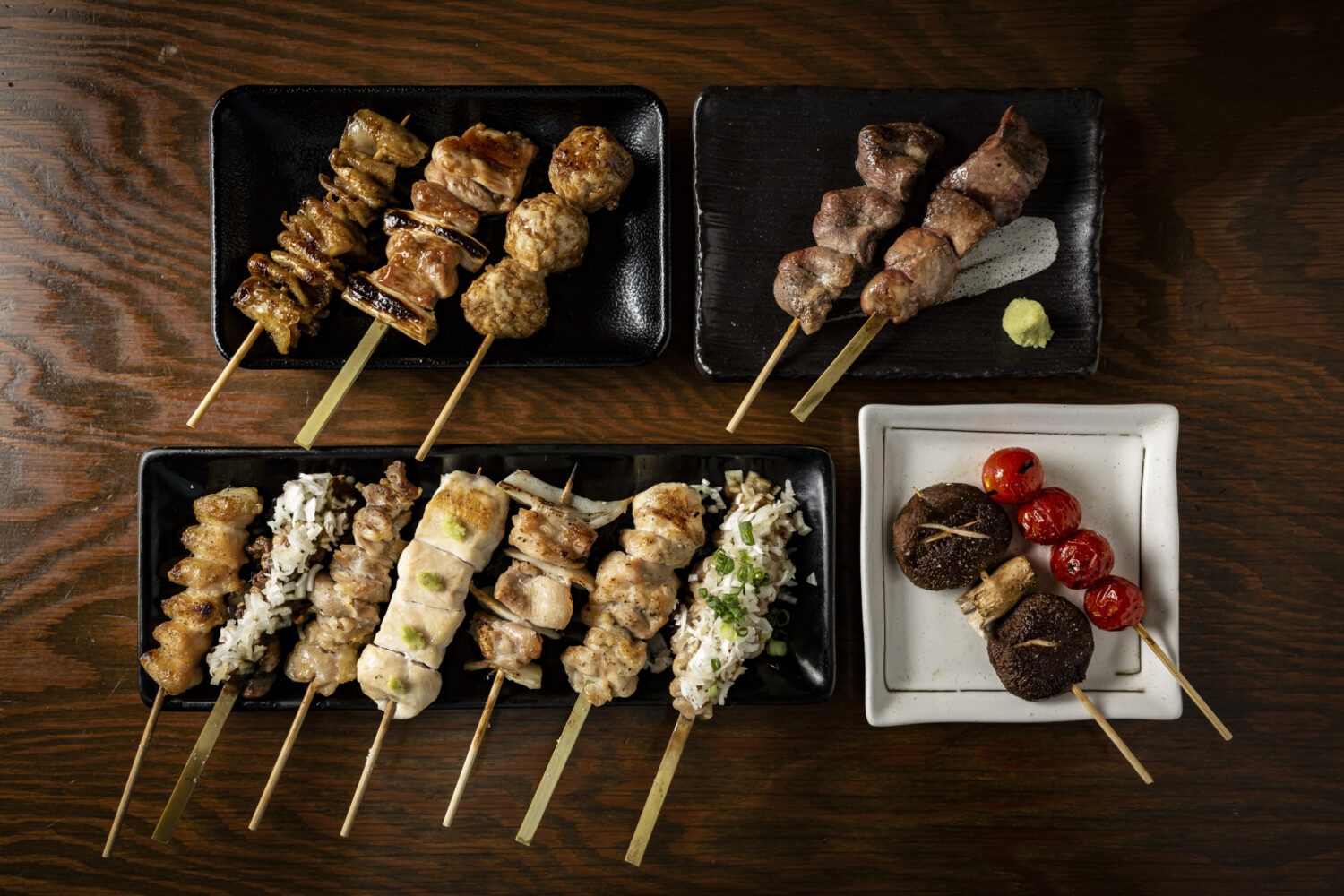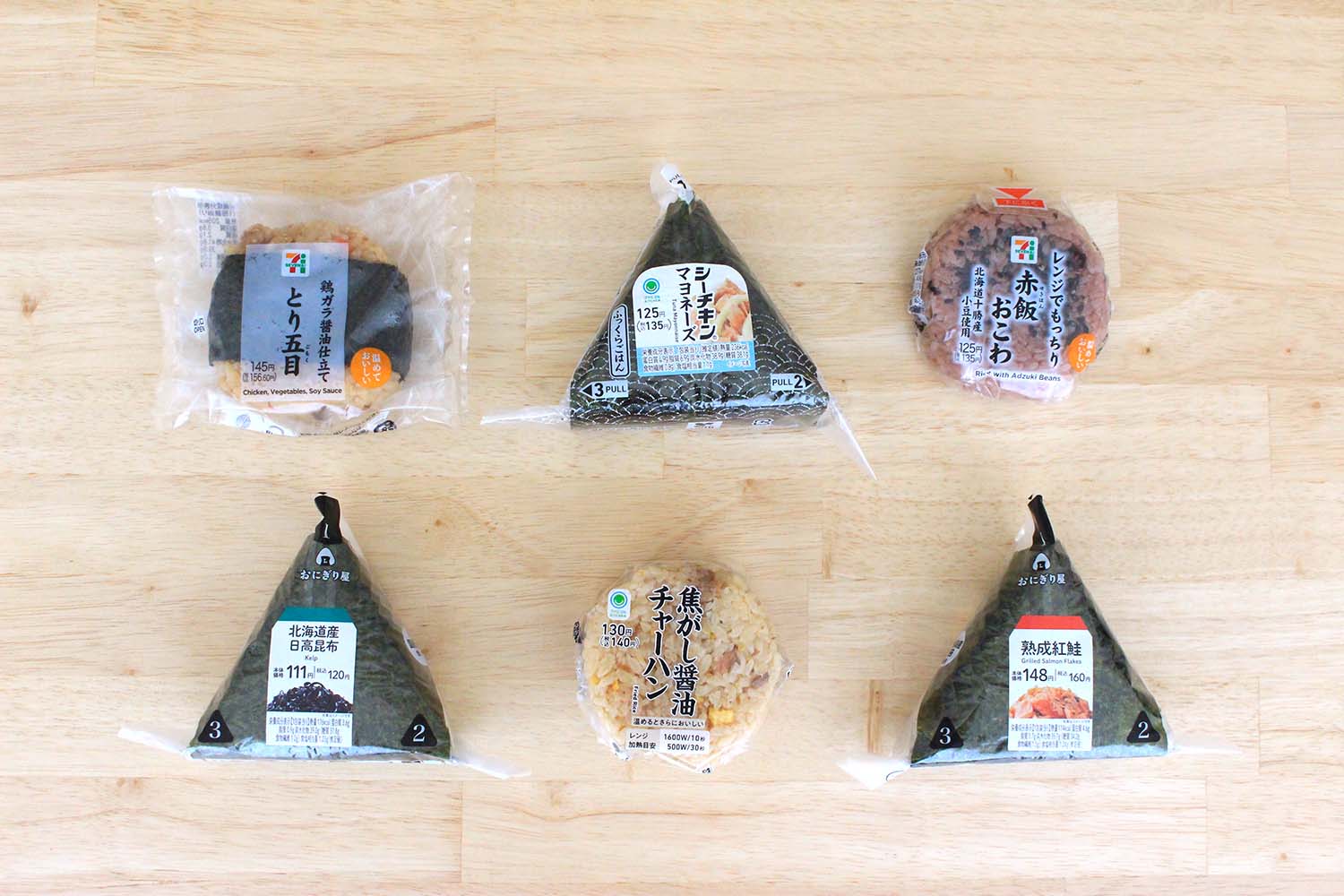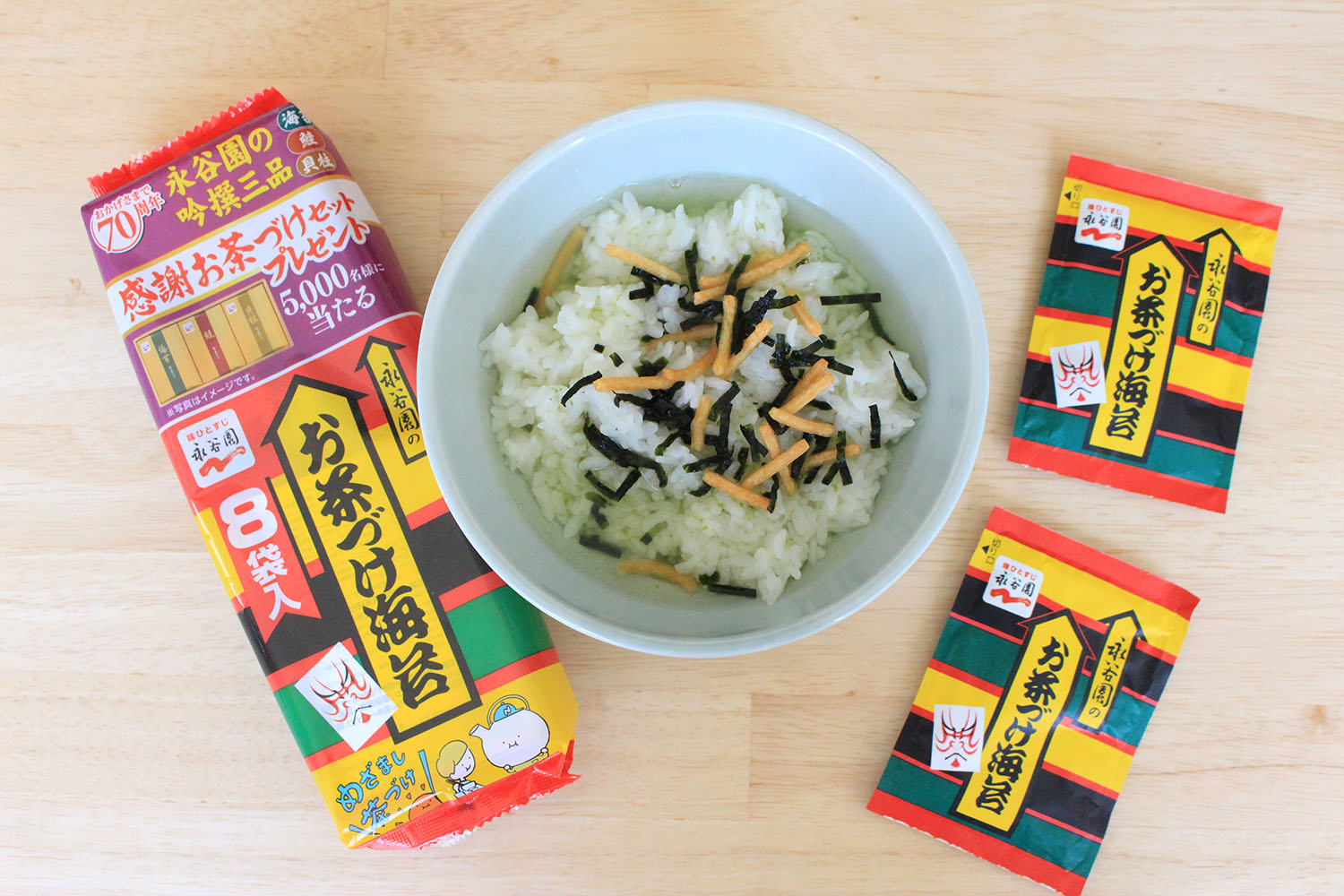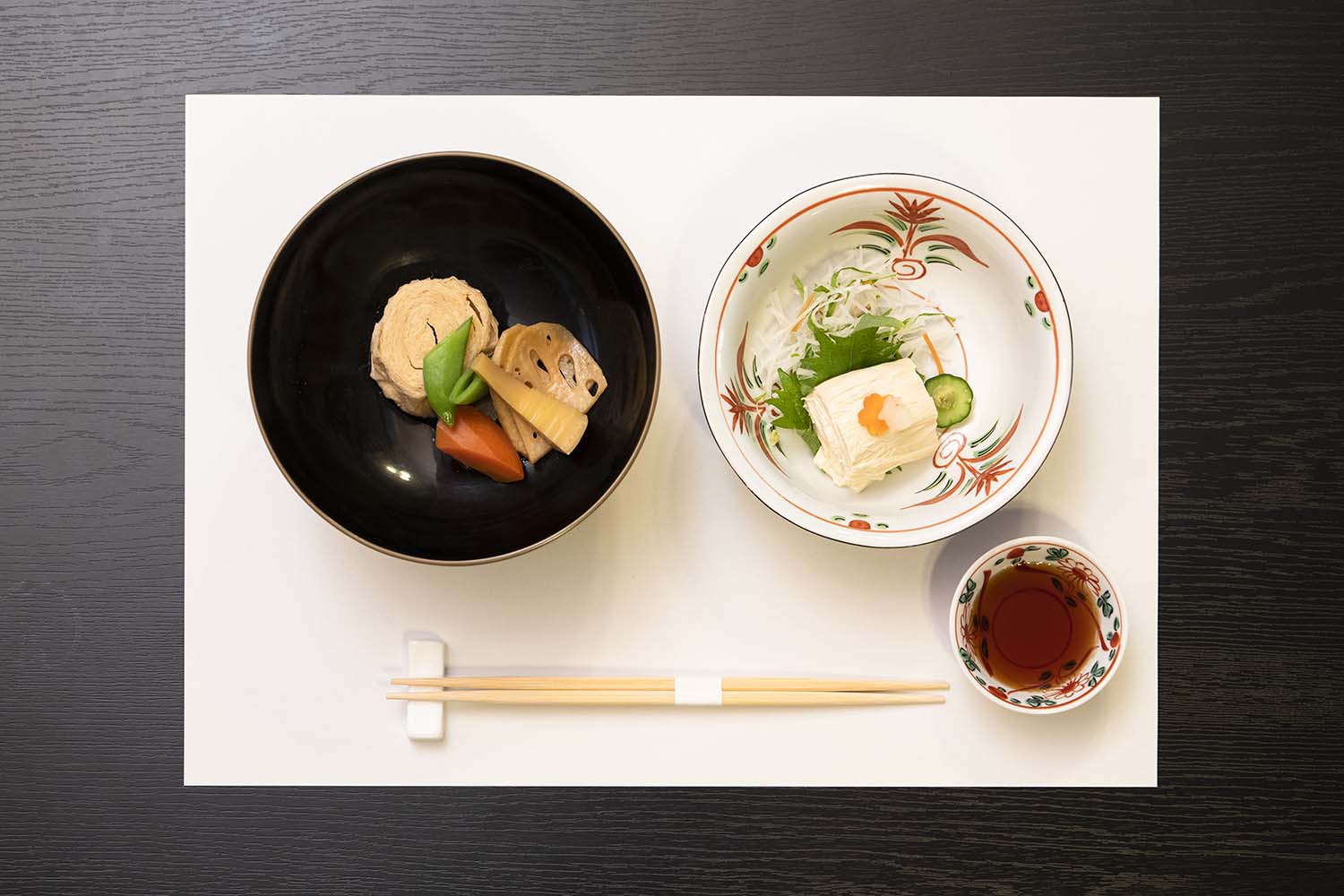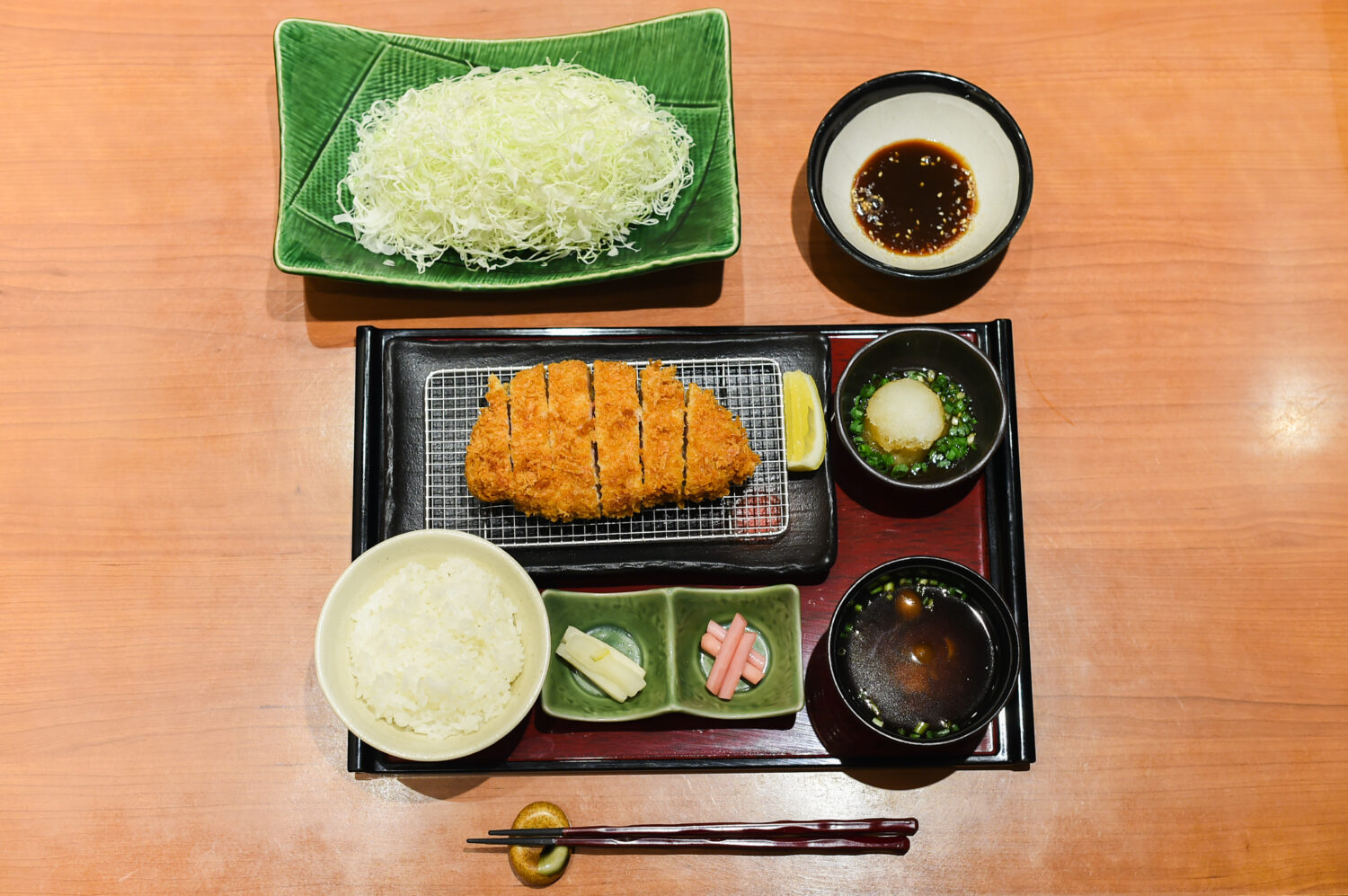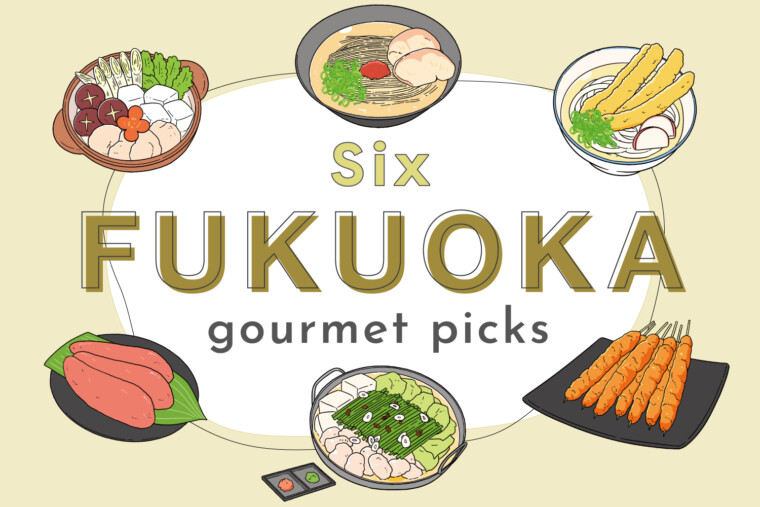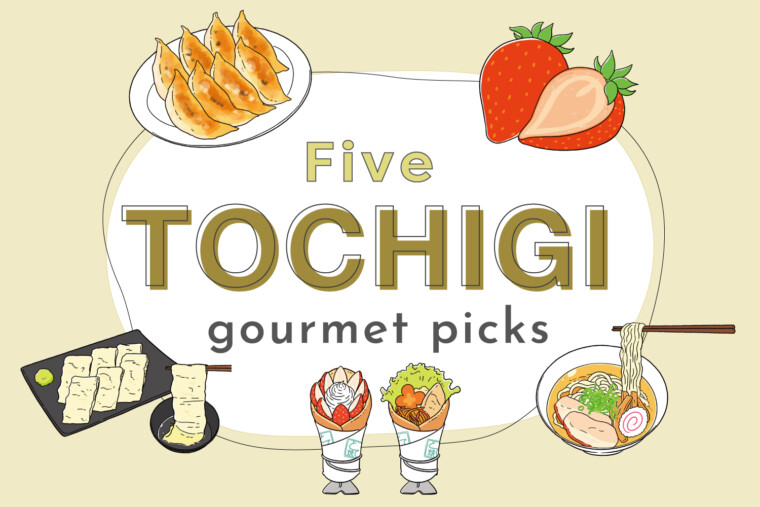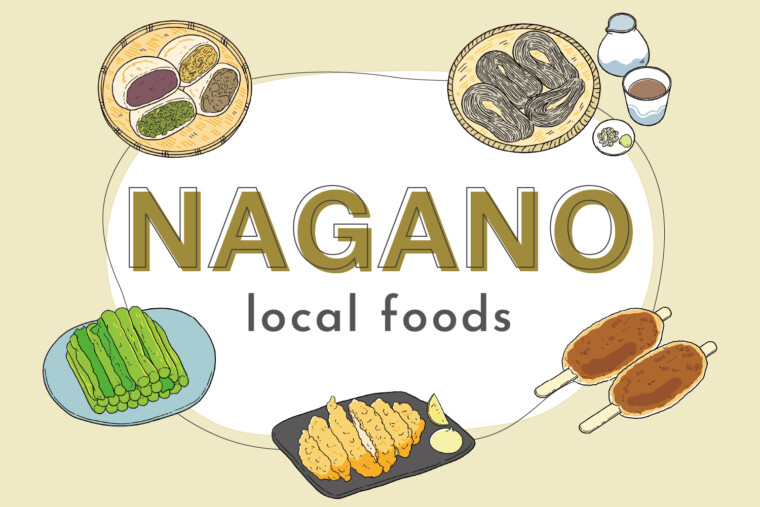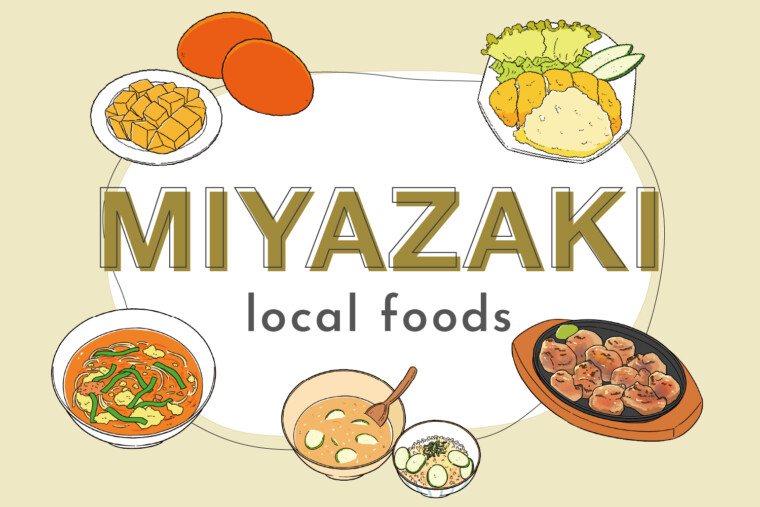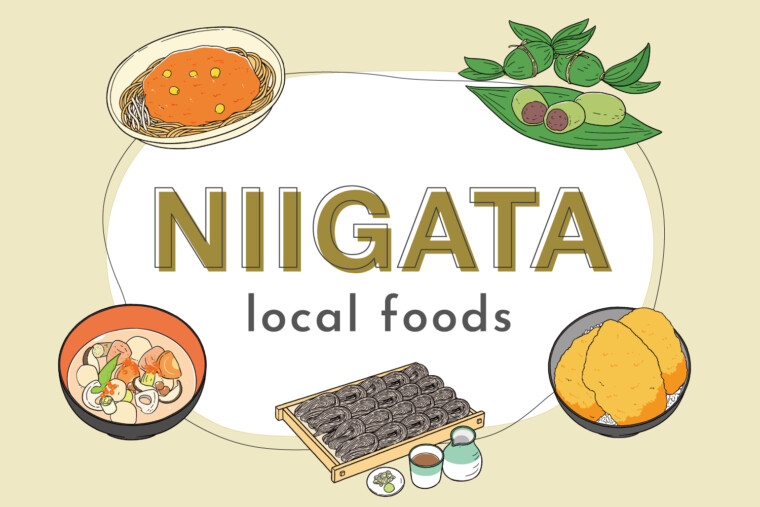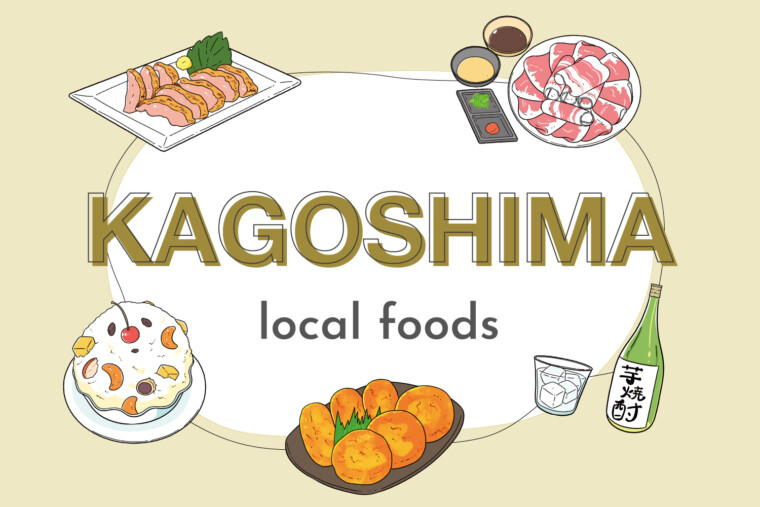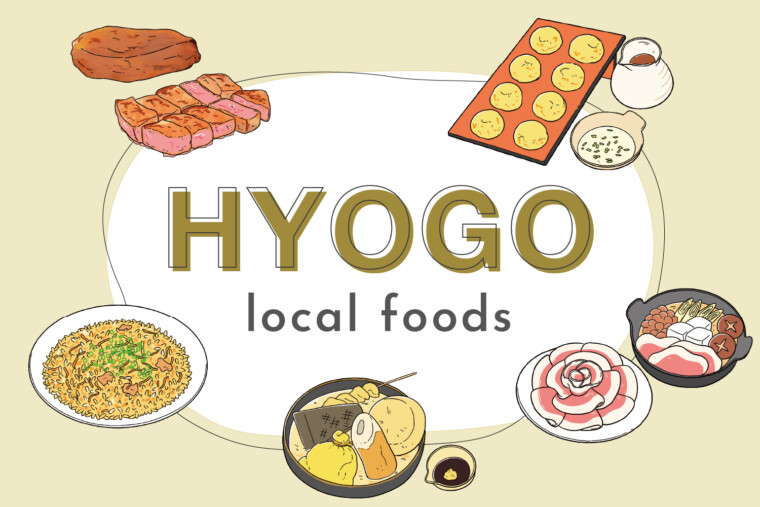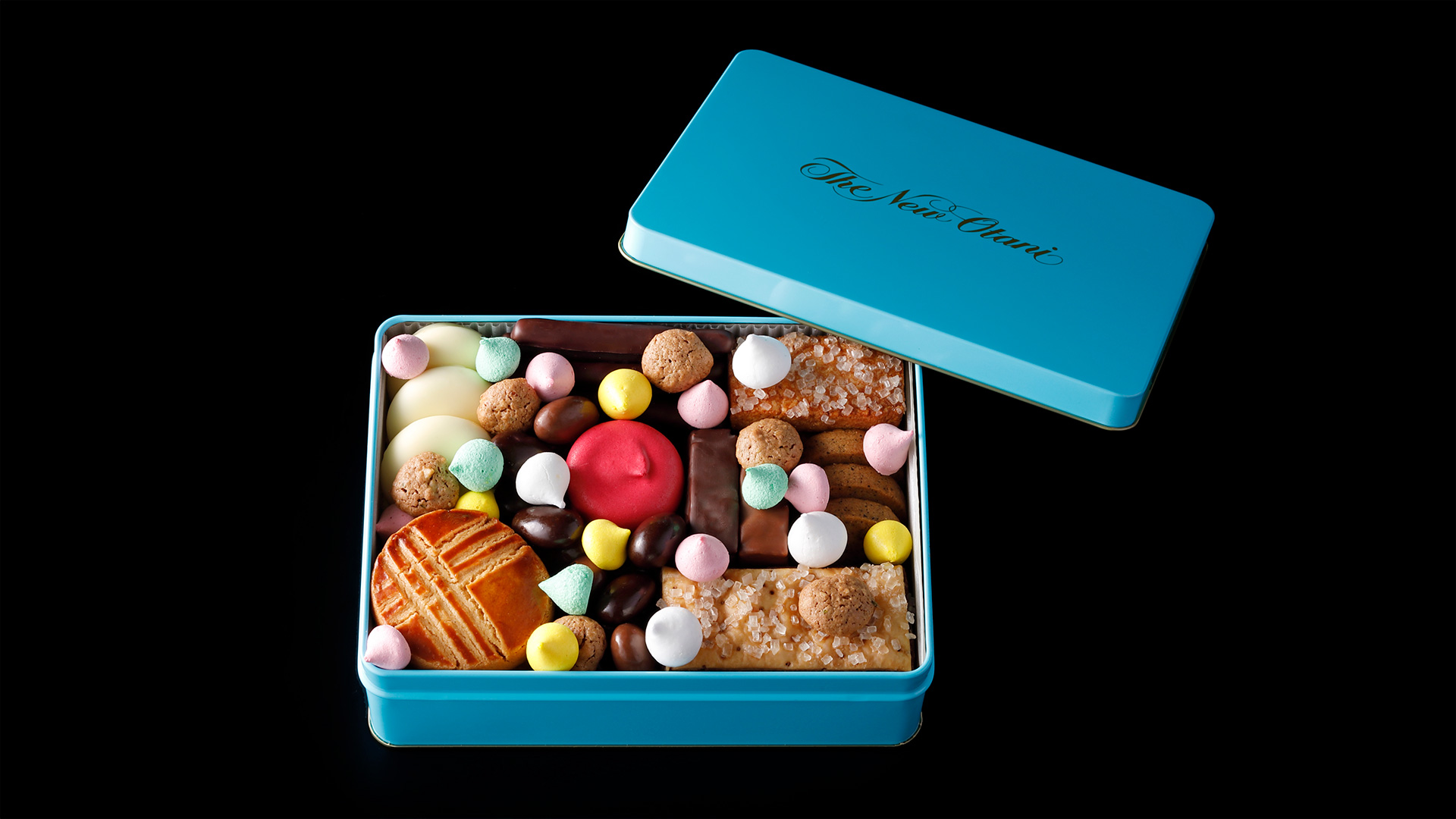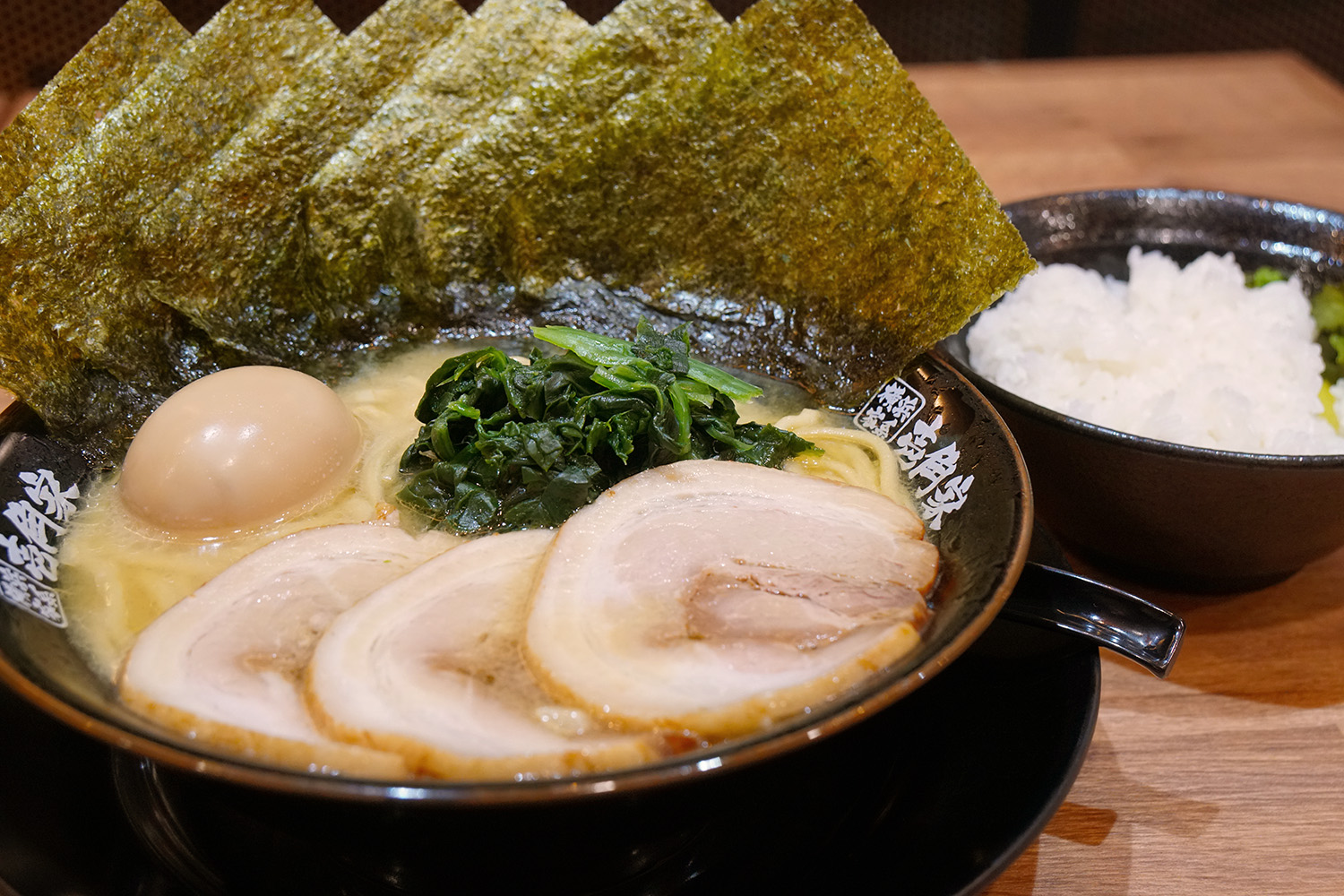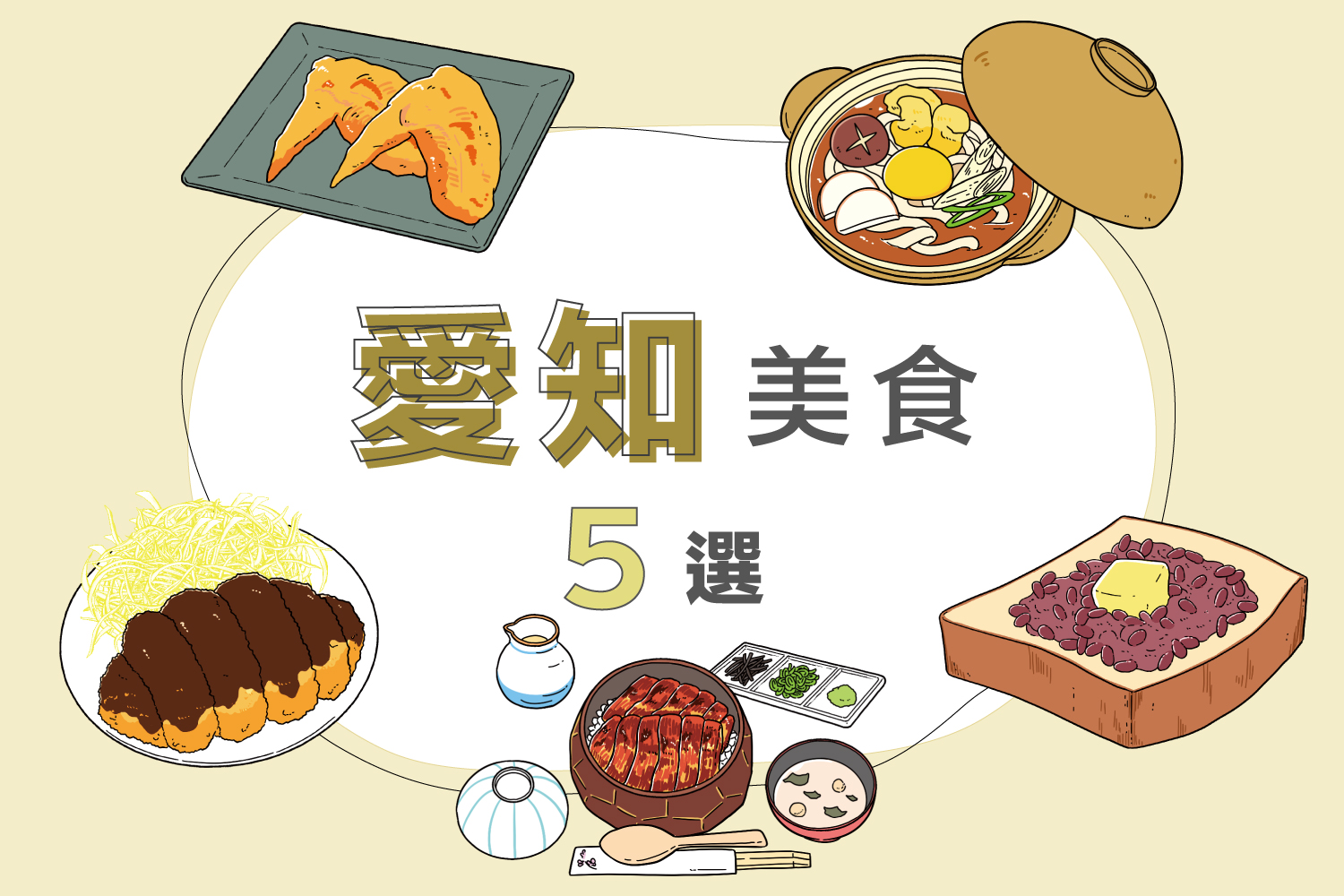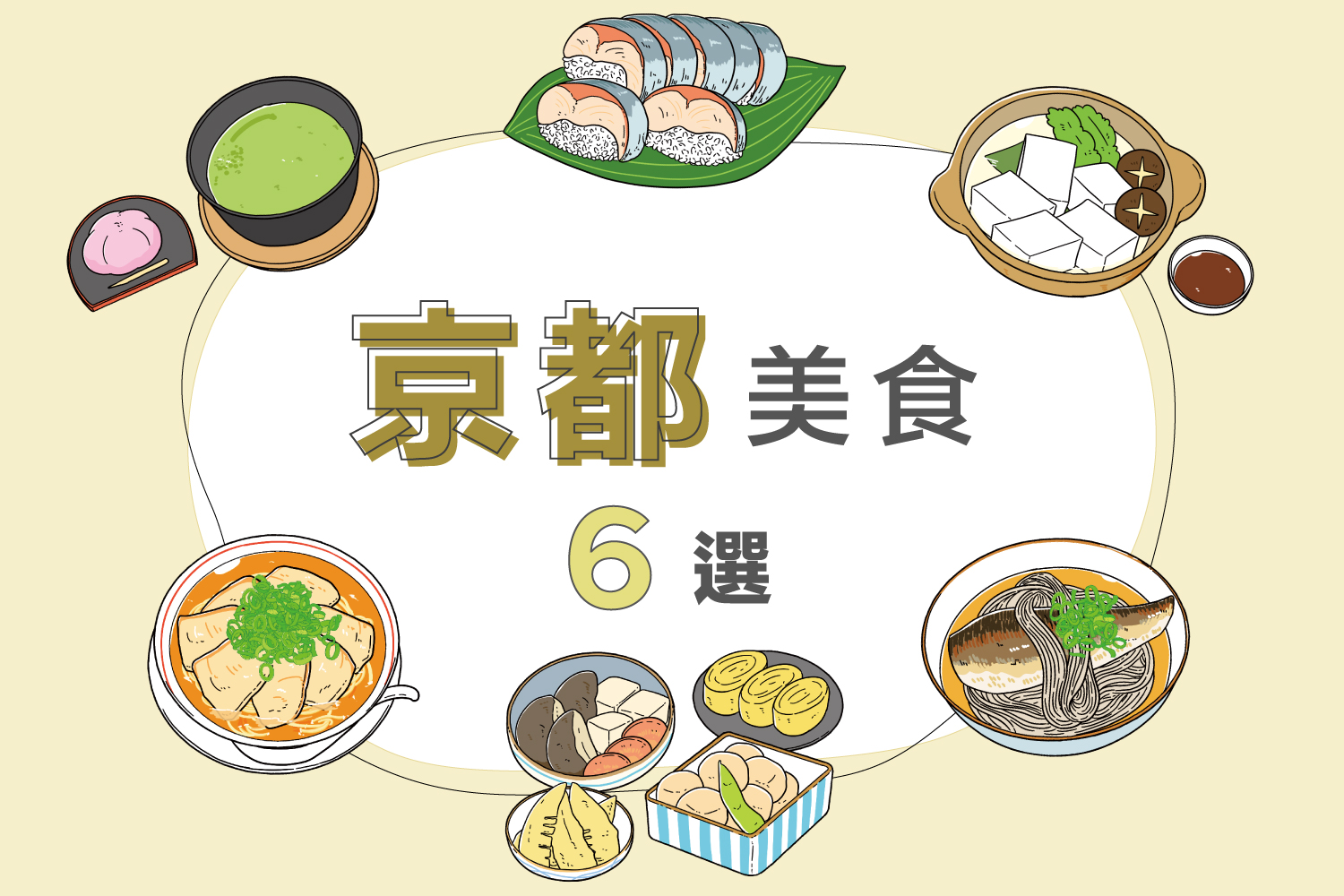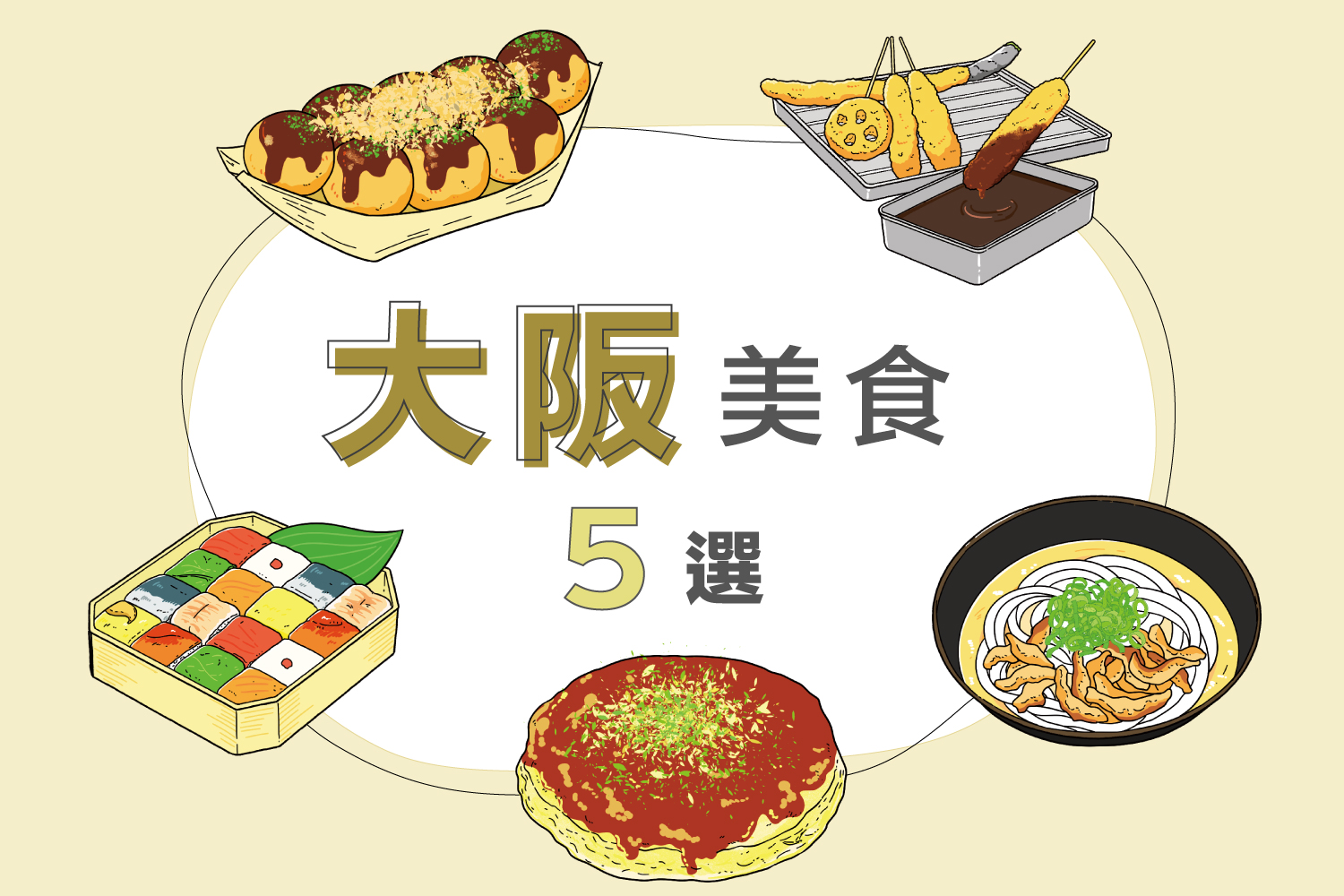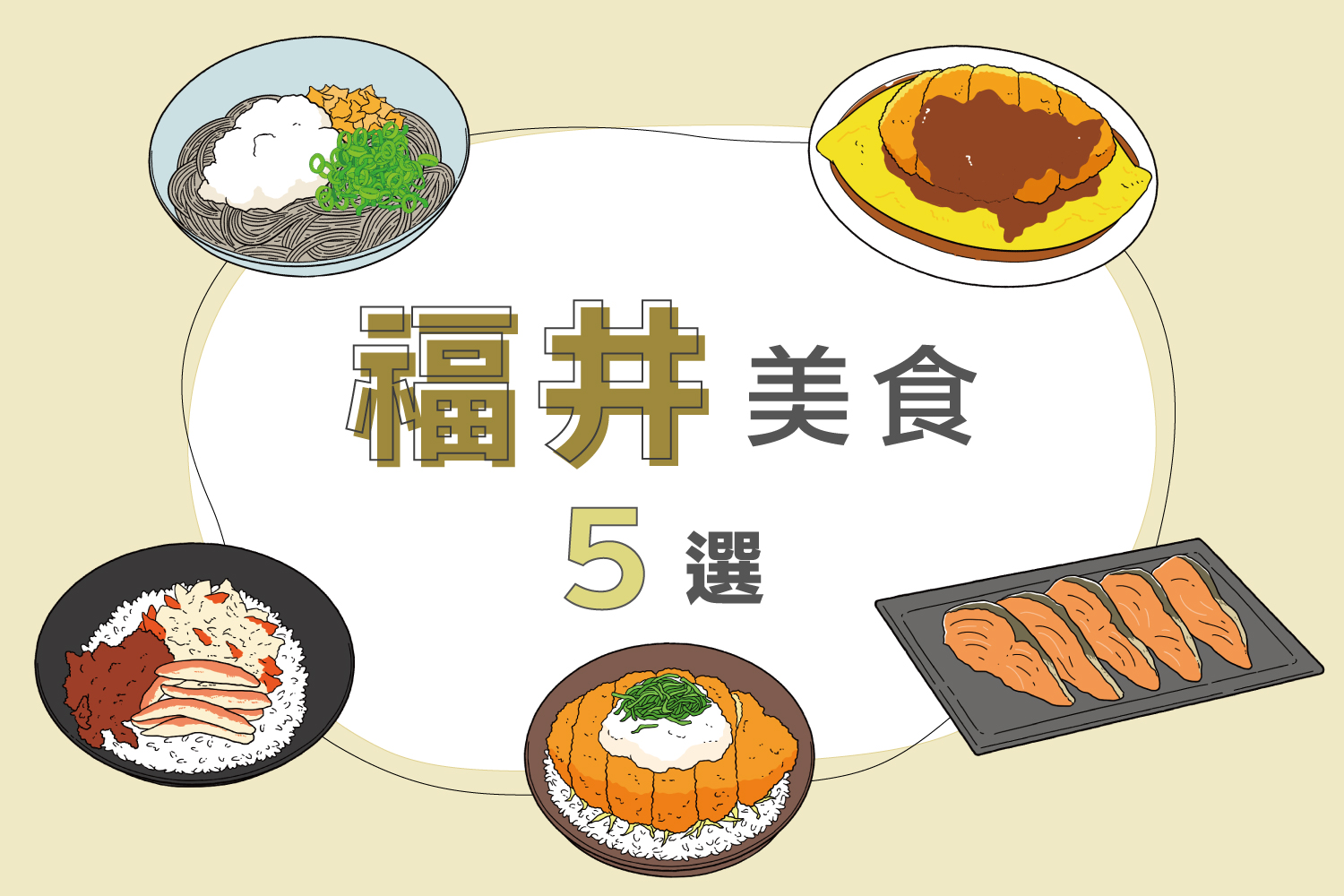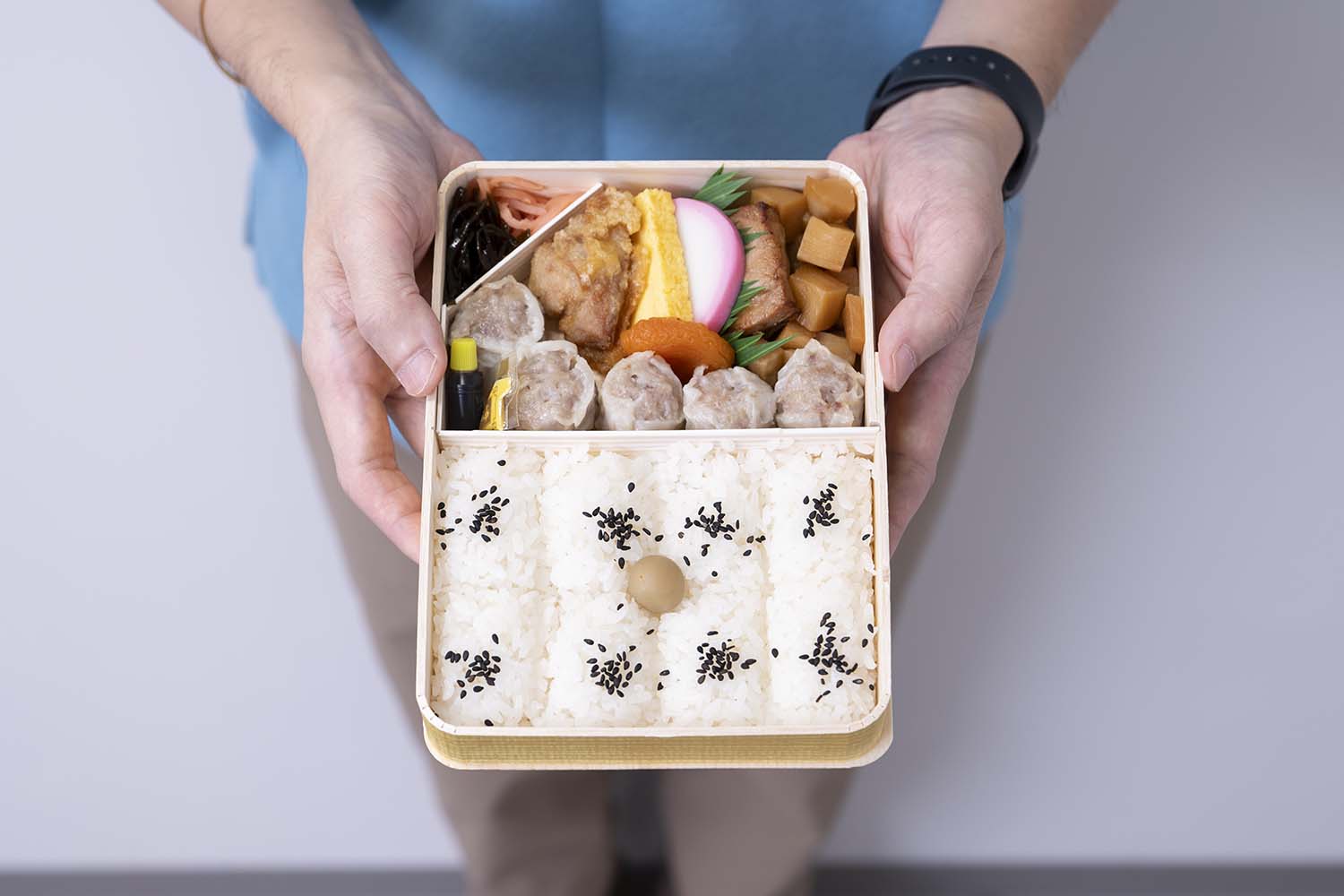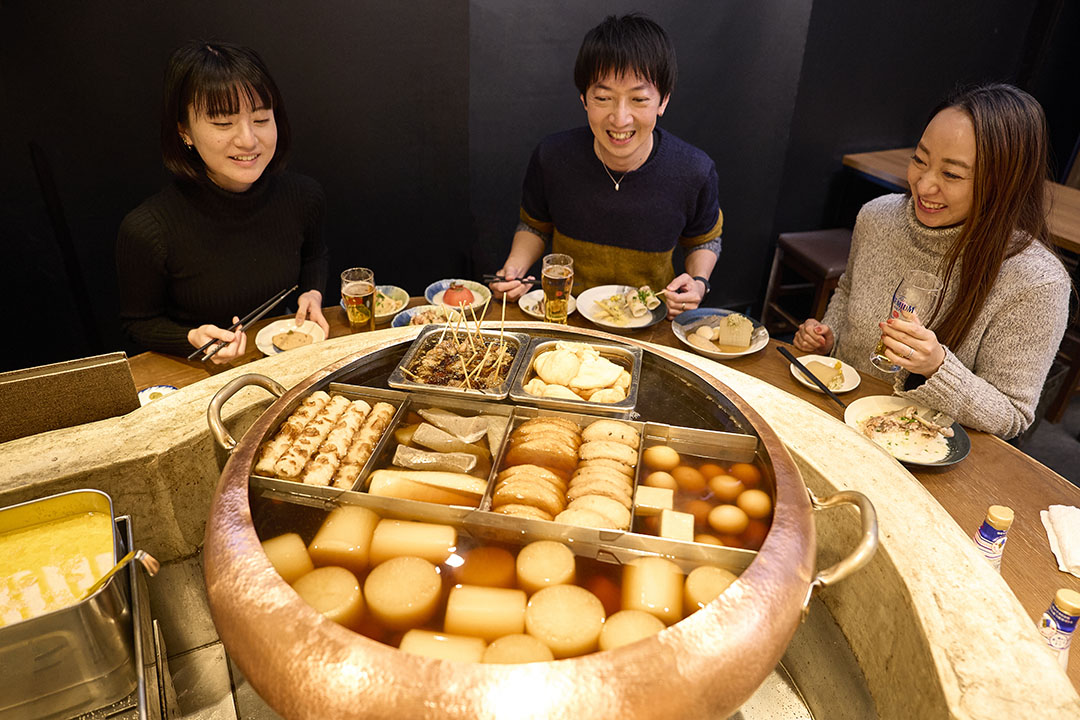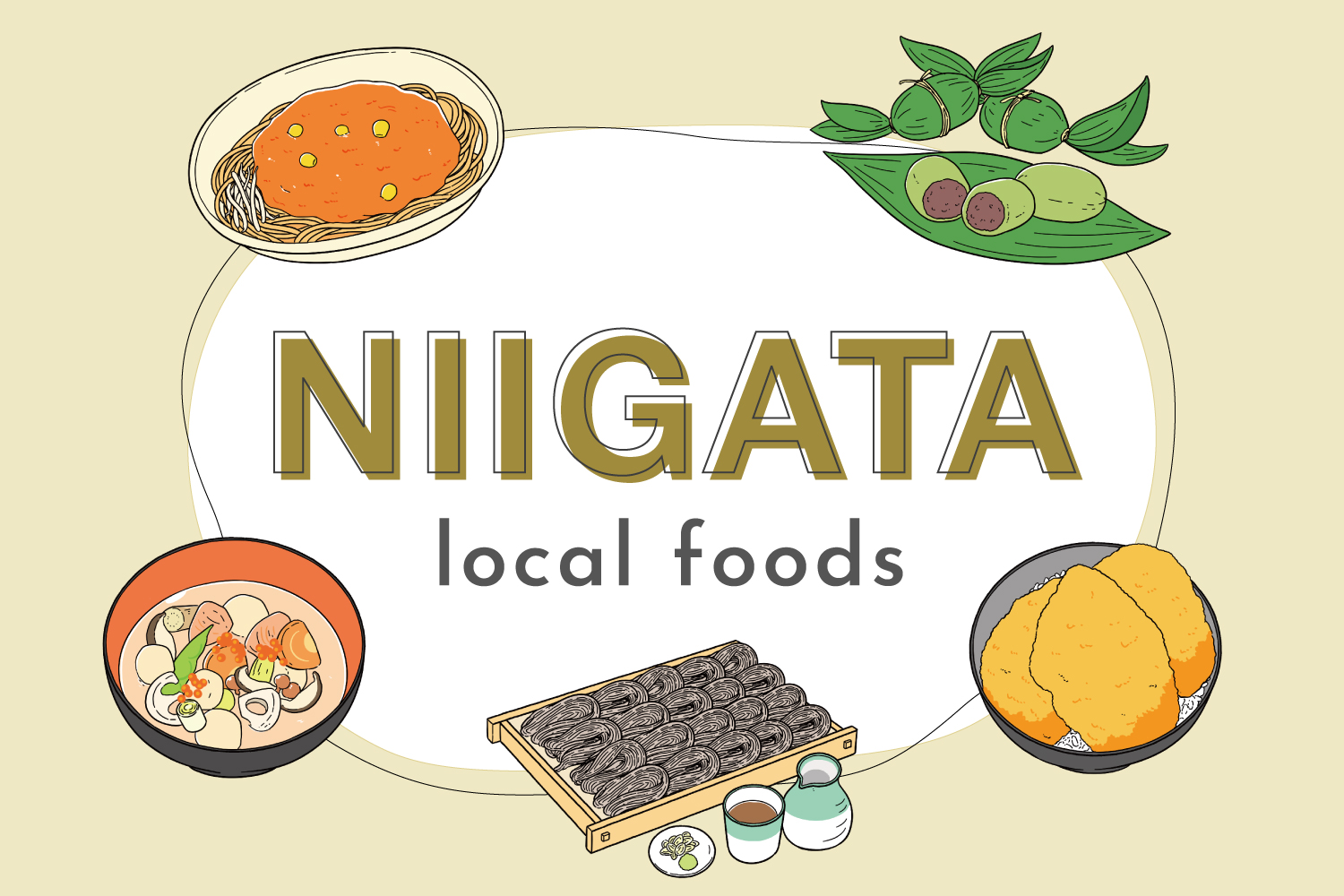
5 Local foods in Niigata | Tare Katsudon, Hegisoba, Sasa-dango, Noppe, and Italian
Niigata Prefecture is said to produce the best rice in Japan. The longest river in Japan, the Shinano River, flows through Niigata, providing abundant water and plains which produce the high-quality rice known as “Koshihikari”. While Niigata is famous for its rice and sake, there are also many hidden gourmet foods made with local ingredients.
share:
Table of Contents
Strong firmness and slippery texture “Hegisoba”

Hegisoba originated in Ojiya City. The city can’t harvest wheat, so seaweed called funori is used as a binder for soba instead. Kneading the seaweed into the soba creates a smooth and firm texture.
Boiled soba noodles are placed one by one on a wooden frame. The frame, known as a hegi, is made from shaved boards of cedar or hinoki wood. With this, it is often called hegisoba.
Hometown taste representative of Niigata “Noppe”

“Noppe” is a stew of taro, salted salmon, konnyaku, carrots, dried shiitake mushrooms, ginkgo nuts, and other ingredients. The ingredients are simmered in soy sauce, sake, and soup stock, finally topped with salmon roe or halas. In some regions, taro or potato starch is added to the broth for thickening, with varying amounts. Incidentally, the name of the dish comes from the word “noppei”, which means thicken.
Noppe is a staple at weddings, funerals, and New Year’s, but also as an everyday home meal. During heavy snowfall, nukpei is preserved by cooling the whole pot in the snow.
Lightly eaten with soy sauce tare “Tare Katsudon”
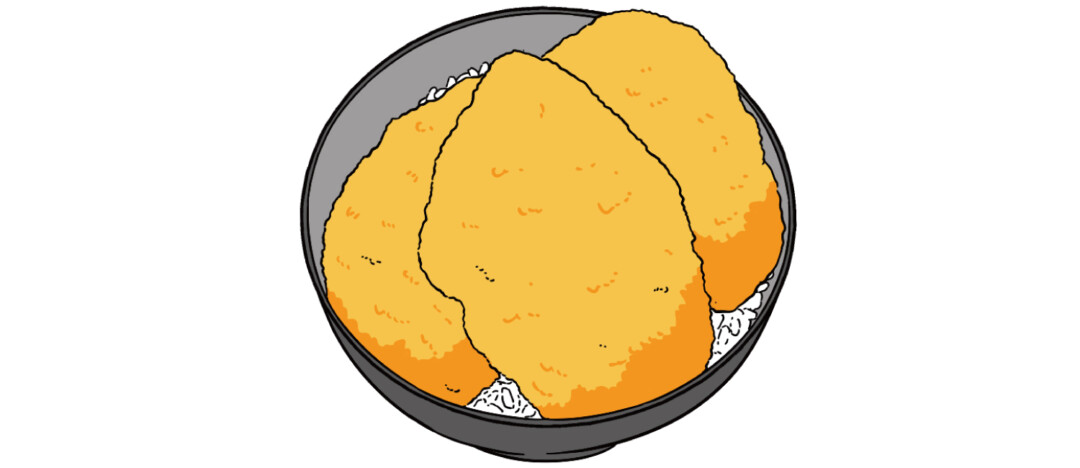
“Tare Katsudon” is a simple bowl of rice, topped with a thin pork cutlet. Born in a Niigata food stall during the Showa period, the owner would dip the cutlet in soy sauce, common for the time. Since the cutlet is already dipped before frying, the cutlet is served without sauce, and and is surprisingly a light taste.
Spaghetti-style yakidoba!? “Italian.”
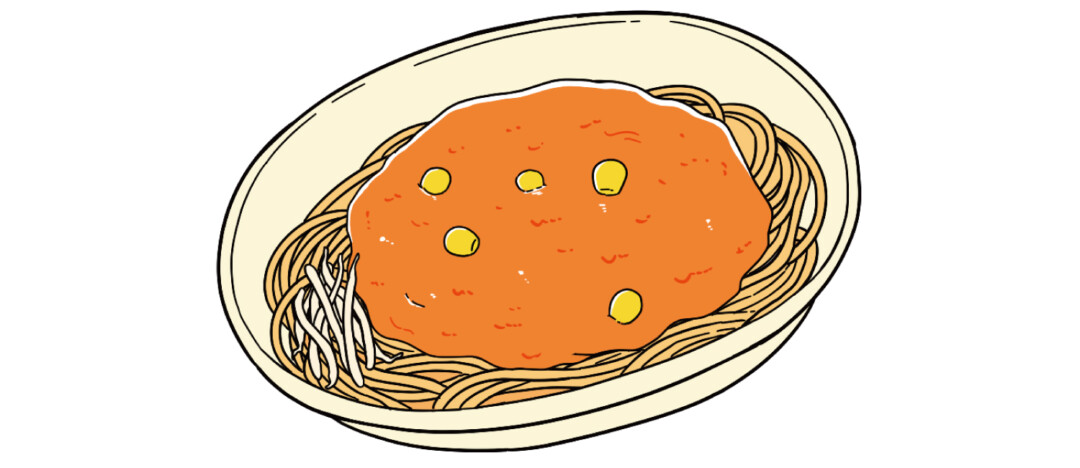
“Italian” is yakisoba made with thick Chinese noodles and topped with meat sauce or tomato sauce. It was created around 1959 when the owner of Mikazuki, a sweet cafe in Niigata City, tried to serve the “sauce yakisoba” that was popular in Tokyo at the time at his restaurant. Deciding it wasn’t interesting enough in its current form, he made with spaghetti style, creating the new dish. Today, the top sauce can be curry or white sauce, often topped with ginger or cheese.
Uesugi Kenshin used to eat! “Sasa-dango”
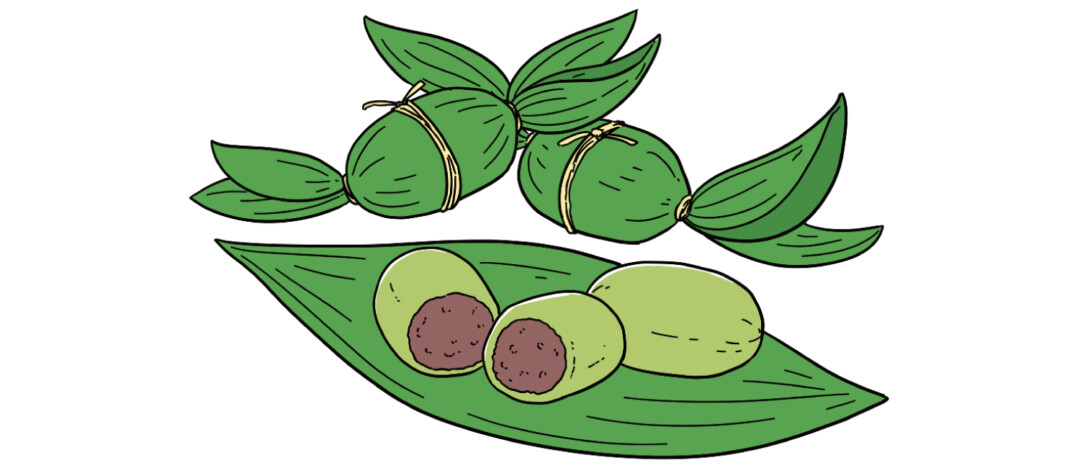
“Sasa-dango” is a traditional sweet made by wrapping a dumpling of mugwort with a bamboo leaf and binding it with Igusa (Japanese lint). There are various theories about the origins, from the bamboo leaves having antibacterial properties, to the dumplings were made from rice scraps that couldn’t be used elsewhere. Its possible also to have to do with ease of transportation. Sasa-dango was only made public in the middle of the Meiji Period (1868-1912), when sugar became more widely available. At that time, people began to put bean paste in their rice cakes. It’s often eaten in early summer when bamboo grass is beautiful, but now can be eaten year round.
share:










